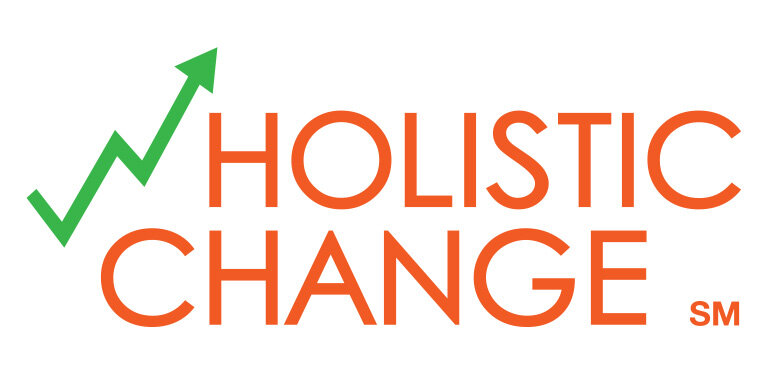Things can fall apart when there are too many things changing at once. So, how do you recognize when there is too much change?Here are a few key signs --The change message has become fragmented. When you hear people talk about what is changing you start to hear many different points, all of which are actually part of the change effort, but there are so many different points that people are only absorbing part of the big picture and aren't understanding how what they know about might actually fit into the big picture.Focus is lost. People can't really tell you what the purpose and reason for the change is any longer -- you get different answers, depending on who you ask. This could also be an indication of an ineffective communication plan, so you'll have to put some thought into whether or not that might actually be the issue.Everything is a top priority. Everybody knows that the change effort is important, but there are so many things that need attention, and it's very unclear which items really need the most attention because they all seem to be critical. This scenario is where people become quickly overloaded and can no longer be effective change agents because they have to spread themselves too thin to try and address everything that's critical.Key alignment communication falls apart. When there is too much change happening and the change requires key alignment resources to work together to figure things out, and you see less and less time devoted to key alignment communication because everybody is too busy, this is an indication that you're overloaded.When the pace of change is too fast for people to keep up, and the scope of what they are being asked to do isn't feasible within the timeframe expected, your change agents and change team members will not have time to be thoughtful and see things through to completion. They might make it to the finish line and then collapse a couple of steps past. Change is hard, but it doesn't have to result in burn-out. Recognize when there is too much change and adjust your plan.

